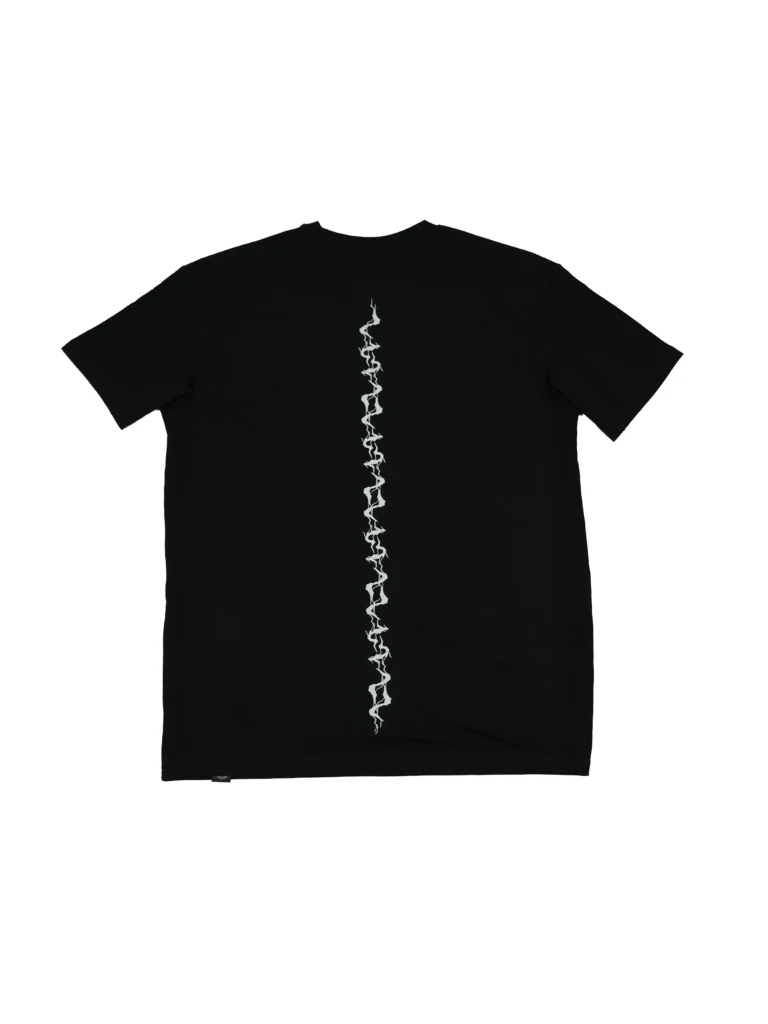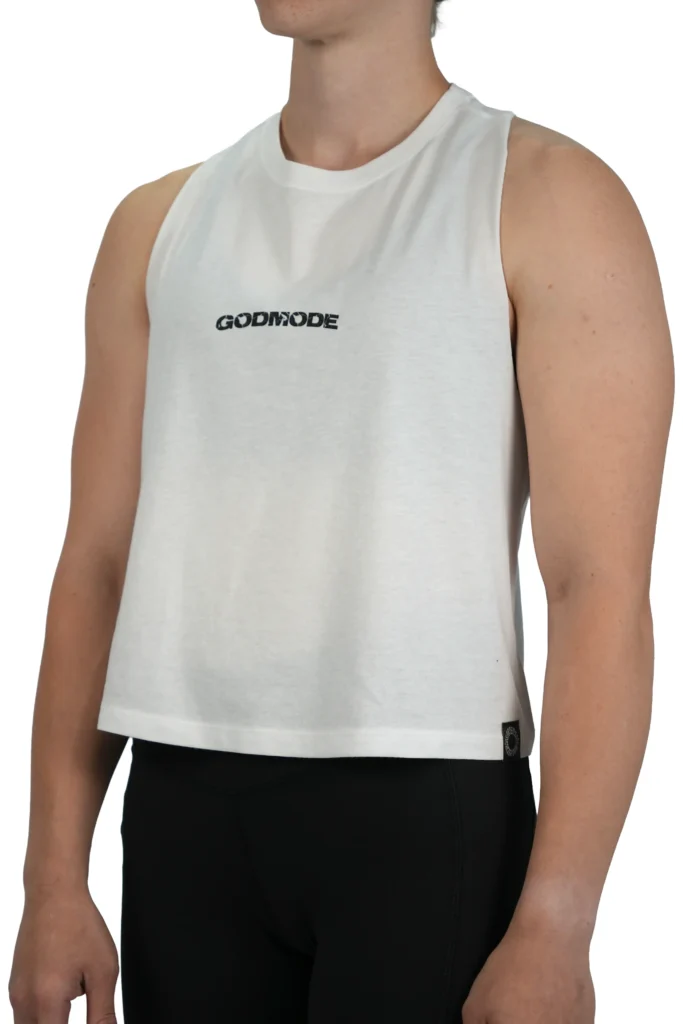Master
You’ve started your calisthenics journey. You know the basics from our Beginner’s Guide, and you’re ready for the next step. You’re ready to move from simply doing the exercises to truly mastering them.
Welcome to the deep dive.
The Push-Up, the Pull-Up, and the Dip are the holy trinity of bodyweight strength. They are the non-negotiable foundation upon which every advanced skill is built. Perfecting them is not just about getting stronger; it’s about building a resilient body, preventing injury, and unlocking your true athletic potential.
In this guide, we will deconstruct each of these three core lifts. We’ll analyze every detail of the form, outline the most common mistakes, and provide a clear progression path to take you from your current level to one of mastery.
Let’s refine your technique.
Deconstructing the Perfect Push-Up: The Foundation of Pressing Strength
The push-up is the first exercise most of us ever learn, but it’s one of the last we truly master. It’s a full-body exercise that builds your chest, shoulders, and triceps while demanding unwavering core stability.
The Form Checklist: Execute with Precision
- Hand Position: Place your hands slightly wider than your shoulders. Your fingers should point forward.
- Straight Body Line: Your body must form a rigid, straight line from your head to your heels. Squeeze your glutes and brace your abs as if you’re about to take a punch. No sagging hips or piking up.
- Elbow Path: As you lower yourself, your elbows should track back at a 45-degree angle from your body, not flared out to the sides at 90 degrees. This protects your shoulder joints.
- Full Range of Motion: Lower your body until your chest is just an inch or two from the floor, then press all the way up until your elbows are fully locked out and your shoulder blades are spread apart at the top.
Common Mistakes to Avoid
- Flaring Elbows: This puts immense stress on your shoulder joints and reduces chest activation. Keep them tucked.
- Sagging Hips: This is a sign of a weak core. It turns a push-up into a far less effective “caterpillar.”
- Half-Reps: Stopping halfway up or down cheats you out of the most productive part of the exercise. Full range of motion is mandatory for growth.
Unlock Your Full Potential
For many, wrist pain can be a limiting factor in push-ups. Furthermore, you can deepen the range of motion for greater chest activation by elevating your hands. This is where dedicated push-up bars become an invaluable tool. They put your wrist in a neutral, pain-free position and allow for a deeper, more effective repetition.
- [View Our Ergonomic Push-Up Bars] – coming soon! We are developing something that has never been done before. Like with our Wrist Wraps we wanted to do more than everybody else and increase the new standard. Every other brand orders their paralettes from alibaba,etc. ours will be made in house in Germany
Conquering Gravity: Your Guide to the Pull-Up
The pull-up is the ultimate test of upper-body pulling strength. There is no faking it. Mastering it will transform your back and arms like no other exercise can.
The Form Checklist: Pull with Power
- Scapular Retraction: The first move should always come from your back. Before you bend your arms, pull your shoulder blades down and back. This engages your powerful lat muscles.
- Drive Elbows Down: Instead of thinking “pull your chin up,” think “drive your elbows down to your pockets.” This ensures you’re using your back, not just your biceps.
- Full Range of Motion: Start from a “dead hang” with arms fully extended and pull until your chin clears the bar. Lower yourself with control all the way back to the starting position.
Common Mistakes to Avoid
- Kipping and Swinging: Using momentum might get your chin over the bar, but it does not build foundational strength. Strict form is key.
- Using Only Your Arms: If your back isn’t sore after pull-ups, you’re likely not engaging it properly. Initiate with the scapular pull.
- Cutting the Range Short: Not going all the way down or all the way up limits your strength and muscle development.
The Unsung Hero: Mastering the Dip for a Powerful Chest & Triceps
Often called the “upper body squat,” the dip is a phenomenal compound movement for building pushing strength and serious mass on your chest and triceps. Shoulder safety, however, is paramount.
The Form Checklist: Dip Safely
- Shoulders Down & Back: Before you lower yourself, lock your shoulder blades down and back. Never let your shoulders roll forward.
- Lean Forward for Chest: To target your chest more, maintain a slight forward lean throughout the movement. For more triceps focus, stay more upright.
- Controlled Depth: Lower yourself until your shoulder is slightly below your elbow. Going excessively deep without the proper conditioning can put your shoulder joint at risk.
- Lock Out at the Top: Press powerfully to the top and squeeze your triceps and chest.
Common Mistakes to Avoid
- Shoulder Roll: This is the most dangerous mistake. It places the shoulder joint in a weak, vulnerable position. Keep your chest proud.
- Going Too Deep, Too Soon: Earn your range of motion. Gradually increase your depth as your strength and mobility improve.
Breaking Through Plateaus: When to Seek an Expert Eye
Reading a guide is one thing; applying it perfectly is another. Even the most dedicated athletes get stuck. You might struggle with that first pull-up for months, or feel a nagging pinch in your shoulder during dips. This is where generic advice ends and personalized guidance begins.
Investing in coaching isn’t a sign of weakness; it’s a strategic move to accelerate your progress, ensure you’re training safely, and smash through frustrating plateaus. An expert eye can spot subtle form errors you can’t see and provide a custom plan that is built specifically for your body and your goals.
- [Struggling to get your first pull-up or perfect your dip form? Our coaches specialize in breaking through plateaus. Get personalized video feedback and a custom plan to unlock your potential. -> Link to Coaching Website]
Conclusion: The Pursuit of Mastery
The push-up, pull-up, and dip are more than just exercises. They are a practice. They are a constant pursuit of perfection that pays dividends in every other area of your training and life. By focusing on the details, respecting the form, and progressing patiently, you are not just building a stronger body—you are building discipline and resilience.
The foundation is laid. Now, go build your strength.
Now, go build your strength. [Return to the Ultimate Guide for Beginners ]



![The black "[RHXSM]" oversized tee, laid flat (back view), showcasing the big, bold statement back graphic; premium calisthenics apparel from RHSM.](https://racing-heart-steady-mind.com/wp-content/uploads/2025/09/RHXSM-Oversized-Tee-Black-Laid-Flat-Back-768x1024.webp)

![Model wearing the black "[RHXSM]" seamless sports bra (front view), demonstrating the supportive, medium-impact fit of this women's workout gear.](https://racing-heart-steady-mind.com/wp-content/uploads/2025/09/Model-Wearing-RHXSM-Seamless-Sports-Bra-Black-Front-768x1024.webp)

One Reply to “Master the Big 3: A Deep Dive on Perfecting the Push-Up, Pull-Up & Dip”
Calisthenics for Beginners: The Ultimate 2025 Guide & Workout Plan - RHSM
[…] Ready for a deeper dive? [Read our guide on Mastering the 3 Core Lifts] […]